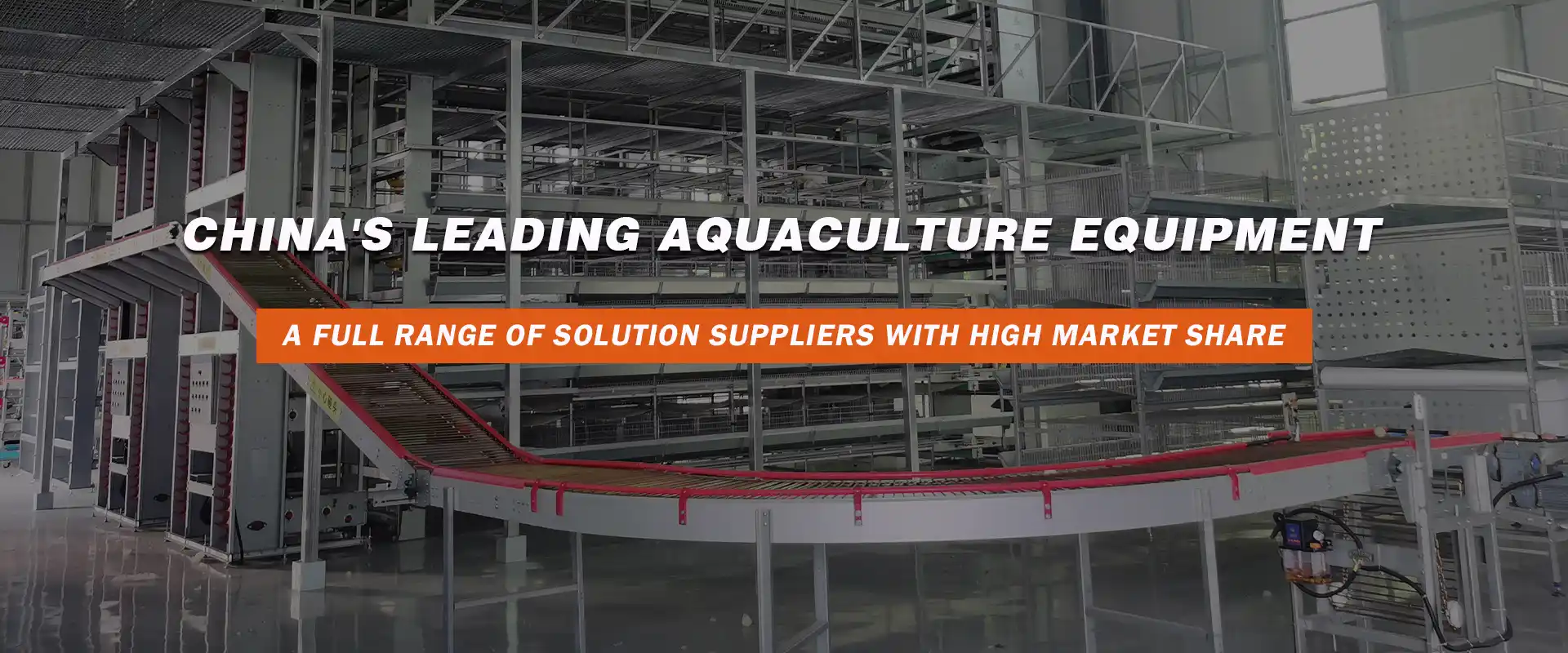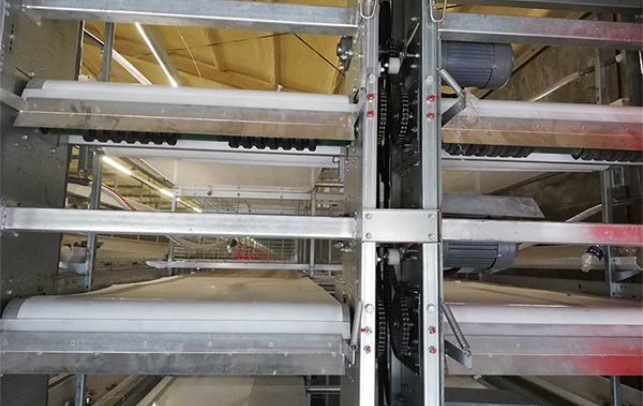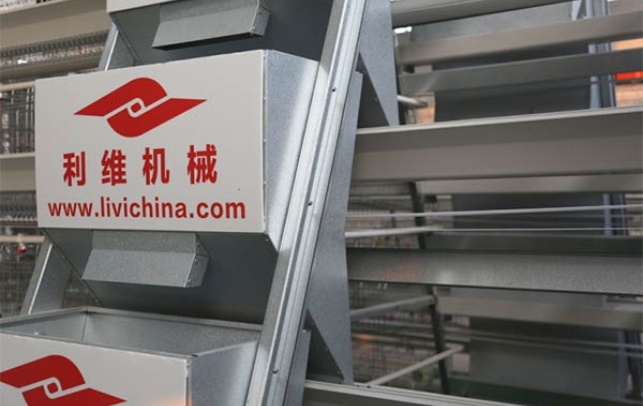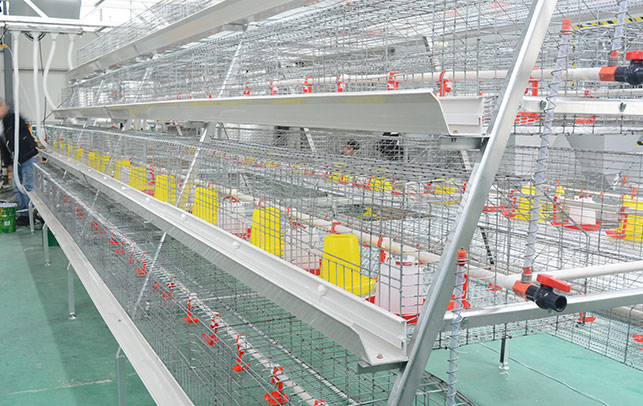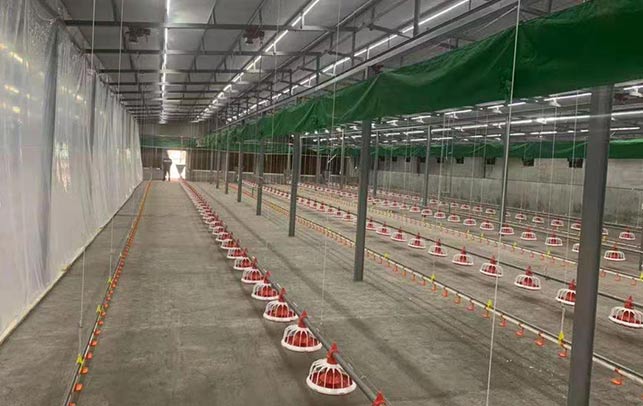Layer Cage Systems in South Africa: A Comprehensive Guide to Egg Production
Time : 2025-03-26
In the dynamic agricultural landscape of South Africa, the implementation of advanced layer cage systems has revolutionized the egg production industry. This article delves into the intricacies of these systems, highlighting their benefits, challenges, and the role they play in the egg production sector. Read on to gain valuable insights into layer cage systems in South Africa and their contribution to sustainable egg production.
Introduction to Layer Cage Systems
Layer cage systems are designed to provide optimal conditions for laying hens, ensuring their well-being while maximizing egg production. These systems are widely used in commercial poultry farming across the globe, including South Africa. By housing hens in individual cages, farmers can maintain strict biosecurity measures, minimize disease transmission, and achieve consistent egg quality.
Types of Layer Cage Systems
There are various types of layer cage systems available in the market, each catering to different farming needs and scales. Some of the commonly used layer cage systems in South Africa include:
- Two-tier systems: These systems consist of two levels, with hens being housed on the upper level and droppings falling through the cage bars to the lower level.
- Three-tier systems: Similar to the two-tier systems, but with an additional tier, which increases the number of hens that can be housed in the same space.
- Free-range systems: These systems allow hens to move freely within a defined area, with some time spent in cages for egg collection and roosting.
Benefits of Layer Cage Systems in South Africa
Layer cage systems offer several advantages that have contributed to their widespread adoption in South African poultry farming:
1. Enhanced Egg Quality
By providing a controlled environment, layer cage systems help maintain consistent egg quality. Regular cleaning and monitoring ensure that the eggs meet the required standards, both for domestic and export markets.
2. Improved Biosecurity
Layer cage systems offer a high level of biosecurity, reducing the risk of disease transmission. The controlled environment allows for the implementation of strict biosecurity protocols, minimizing the impact of avian influenza and other poultry diseases.
3. Increased Egg Production
Layer cage systems enable farmers to house a larger number of hens in a smaller space, leading to increased egg production. This is particularly beneficial for commercial farmers looking to maximize their output.
4. Cost-Effective Operation
Layer cage systems are designed to be efficient and cost-effective. By minimizing the space required for housing hens, farmers can reduce costs associated with feed, water, and electricity consumption.
Challenges and Solutions
While layer cage systems offer numerous benefits, there are challenges associated with their implementation. Here are some common challenges and their potential solutions:
1. Animal Welfare Concerns
Animal welfare has been a subject of debate in the poultry industry. To address these concerns, it is crucial to adopt humane practices, such as providing comfortable cage sizes, ensuring regular access to fresh water and feed, and implementing proper ventilation systems.
2. Environmental Impact
Layer cage systems can contribute to environmental degradation due to the accumulation of waste and the use of antibiotics. To mitigate these effects, farmers should focus on sustainable practices, such as proper waste management and responsible use of antibiotics.
3. Disease Control
Despite the high level of biosecurity offered by layer cage systems, diseases can still occur. Regular monitoring, vaccination programs, and proper disease control measures are essential to minimize the risk of disease outbreaks.
The Future of Layer Cage Systems in South Africa
The demand for eggs in South Africa is continuously growing, and layer cage systems are expected to play a crucial role in meeting this demand. As the industry evolves, we can expect to see the following developments:
1. Technological Advancements
Innovative technologies, such as automated feeding systems, automated egg collection, and advanced monitoring systems, will further improve the efficiency and productivity of layer cage systems.
2. Sustainable Practices
<pWith increasing environmental concerns, sustainable practices will become more crucial. This will involve adopting eco-friendly materials, reducing energy consumption, and improving waste management.
3. Consumer Demand
<pAs consumers become more aware of animal welfare and sustainability, the demand for eggs produced through ethical and sustainable practices will grow. Layer cage systems that meet these demands will gain a competitive edge in the market.
Conclusion
Layer cage systems have become an integral part of the egg production industry in South Africa, offering numerous benefits and contributing to sustainable farming practices. By addressing the challenges and embracing technological advancements, the future of layer cage systems looks promising, ensuring a secure and abundant supply of eggs for the growing population.




